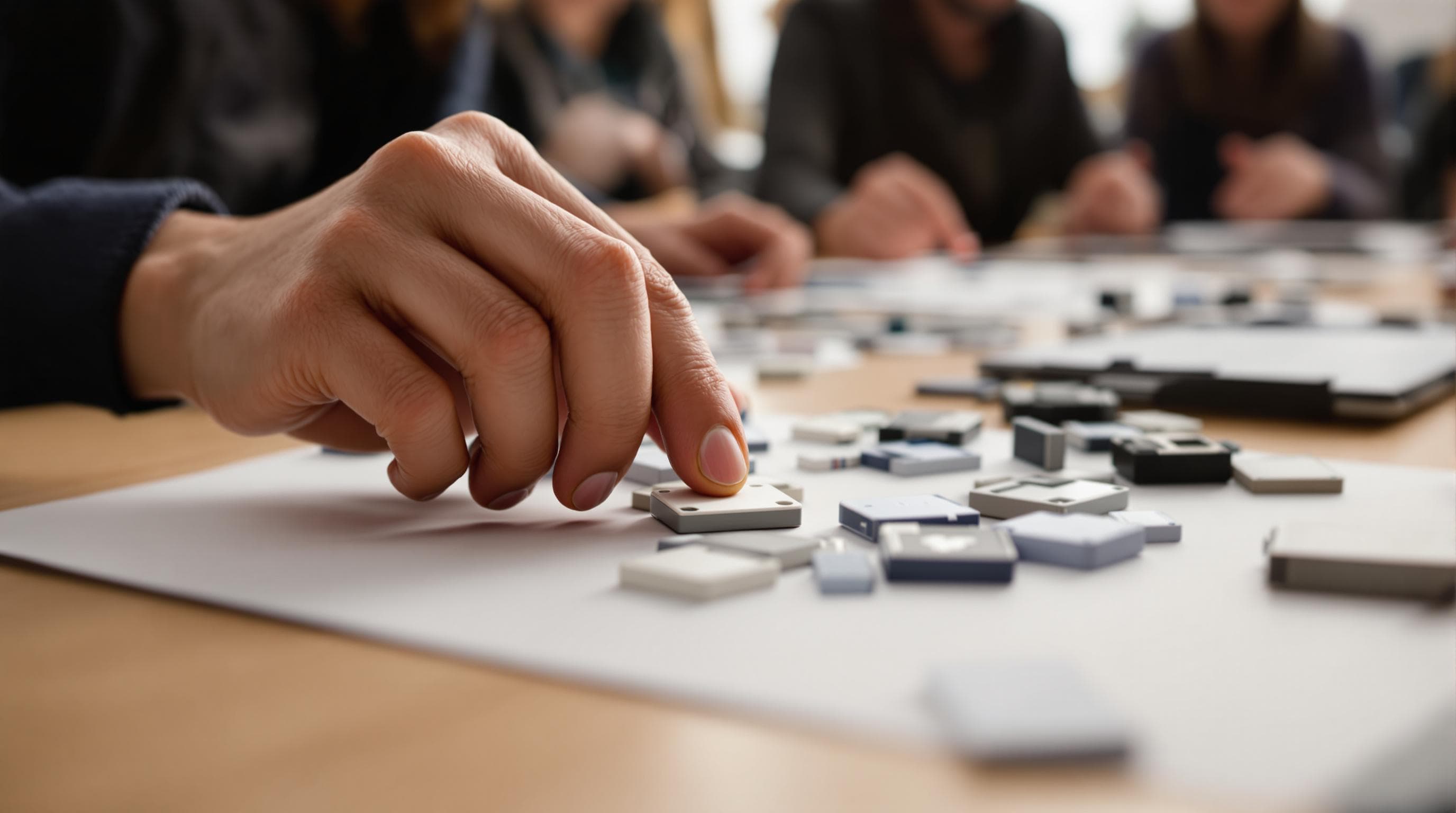Rethinking Drag-and-Drop: Instilling Creativity into Form Design


Creating forms might feel like a mundane task, a checkbox on your long list of to-dos. But what if form design could be something more than just a necessity? What if it could become a canvas for creativity, a tool for engagement, and a means to enhance user experience? Enter drag-and-drop form builders. These tools are revolutionizing the way we create and think about forms, offering endless possibilities to infuse creativity into your design process.
Why Creativity in Form Design Matters
Forms are often your first point of contact with users. Whether it's a newsletter signup, a feedback form, or a survey, the design and functionality of your form can significantly impact user engagement and conversion rates. A creatively designed form can:
- Enhance User Experience: A visually appealing form is more likely to capture and retain user attention.
- Increase Completion Rates: Engaging design elements can make forms more intuitive and less tedious to fill out.
- Strengthen Brand Identity: A form that aligns with your brand aesthetics can reinforce brand recognition and loyalty.
Making the Case for Drag-and-Drop
Traditional form creation often involves coding knowledge or reliance on templates with limited customization. Drag-and-drop tools, like those offered by Ezpa.ge, democratize form design, making it accessible to everyone, regardless of technical skills. Here's why drag-and-drop is a game-changer:
- Ease of Use: Simply drag elements where you want them. It's intuitive, quick, and efficient.
- Flexibility: Customize to your heart’s content with a wide array of elements and settings.
- Time-Saving: Speed up the design process without compromising on quality or creativity.
Steps to Unleashing Creativity with Drag-and-Drop
1. Visualize the User Journey
Before diving into design, it’s crucial to understand how users will interact with your form. Consider the following:
- Identify the Purpose: What do you want to achieve with your form? Is it lead generation, feedback collection, or something else?
- Understand the Audience: Tailor your design to fit the preferences and behavior of your target audience.
- Map Out the Flow: Sketch a rough layout of how you want users to navigate through the form.
2. Design with Intention
With a clear vision in mind, start designing:
- Choose a Theme: Align your form with your brand’s visual identity by selecting appropriate colors, fonts, and styles.
- Use Visual Hierarchy: Guide users’ eyes to the most important elements first. Use size, color, and spacing to create a logical flow.
- Incorporate Interactive Elements: Add sliders, buttons, or animated transitions to make the form more engaging.
3. Optimize for All Devices
Mobile optimization is no longer optional. Ensure your forms are responsive and look great on any device:
- Test Responsiveness: Use drag-and-drop tools to preview how your form appears on different screen sizes.
- Simplify Elements: Minimize fields and steps to reduce clutter and enhance user experience on smaller screens.
- Enhance Accessibility: Ensure your form is accessible to all users by including features like screen reader compatibility and keyboard navigation.
4. Integrate Smart Features
Take advantage of powerful form features to streamline the user experience:
- Real-Time Data Sync: With integrations like Google Sheets, keep your data updated and accessible.
- Conditional Logic: Show or hide fields based on user input to create a personalized experience.
- Analytics: Use built-in analytics tools to track user behavior and optimize your form’s performance.
5. Test and Iterate
The best designs are born from iteration:
- Conduct A/B Testing: Experiment with different designs and elements to see what resonates best with your audience.
- Gather Feedback: Use surveys or direct feedback forms to understand user preferences and pain points.
- Refine and Update: Continuously improve your form based on insights and feedback.
Wrapping It Up
Drag-and-drop form builders have opened up a realm of possibilities for creative form design. By focusing on user experience, embracing flexibility, and utilizing smart integrations, you can transform your forms from mundane to mesmerizing.
Key Takeaways:
- Creativity in forms can enhance user engagement and brand identity.
- Drag-and-drop tools offer unparalleled ease and flexibility in form design.
- Always align design with user needs and continuously iterate for improvement.
Your Next Move
Are you ready to transform your form design process? Start experimenting with drag-and-drop tools today and unleash your creativity. Explore Ezpa.ge's intuitive builder and see how easy it is to create forms that not only serve a purpose but also delight your users. Try Ezpa.ge now and witness the power of creativity in form design.
Remember, every form is an opportunity to make an impression—make yours count!


